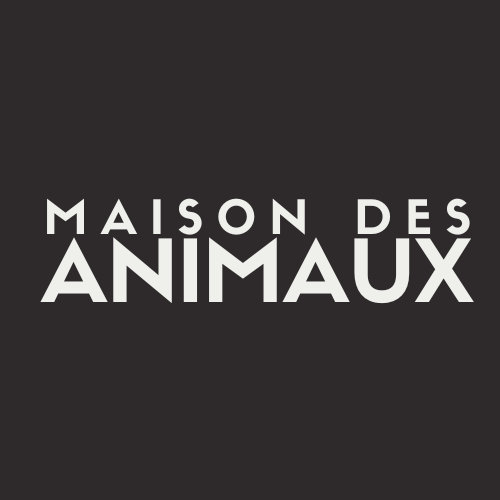
How We Approach Crafting a New Fragrance: Story
Share
Before I get to materials, before I even start drafting a sketch of a luxury fragrance, a gourmand, or a simple accord, there are two main themes I focus on: story and pleasure. These aren’t necessarily ideas I come up with, but rather something that lingers in the background—quietly taking shape until they crystalize and demand more attention.
This post is about story, and the role it plays in how we experience perfume.
By story, I mean the version of ourselves that a signature scent helps us communicate to the world. The best perfumes do more than smell beautiful—they shape how we feel and how others perceive us. A fragrance can express playfulness, elegance, sensuality, composure, or confidence. Some scents are considered masculine, others feminine, but more and more, we see people choosing fragrance based on emotion and identity rather than category. A resinous, incense-rich perfume tells a very different story than, say, the sparkling, aldehyde-heavy couture perfumes of the mid-1900s.
When I create a fragrance, one of the first things I think about is: What story does this scent tell? Ideally, it will evoke something different for everyone who wears it, but I always start with one specific vision. A perfume that communicates boldness or confidence might lean into woody musks—but fragrance is never that predictable. One of the biggest shifts in modern perfumery came when Olivier Cresp used ethyl maltol—pure cotton candy sweetness—to create Angel, an audacious statement perfume that redefined what boldness could smell like.
For me, story is often the first spark, the inspiration behind a new fragrance launch. From there, the materials, sketches, and early blends come to life. There are fleeting moments of despair, flashes of hilarity, and eventually, something takes shape. But it always starts with story.
